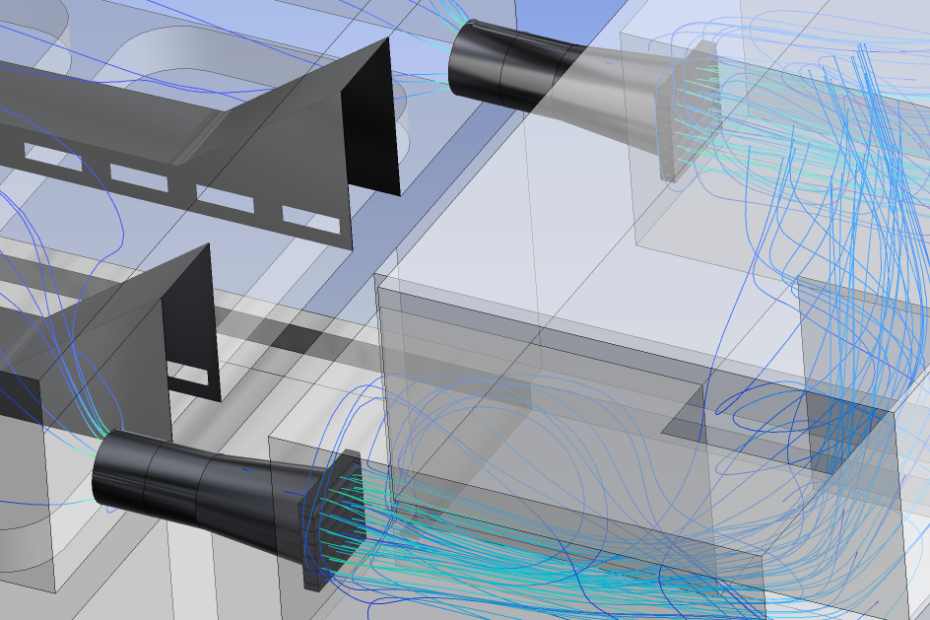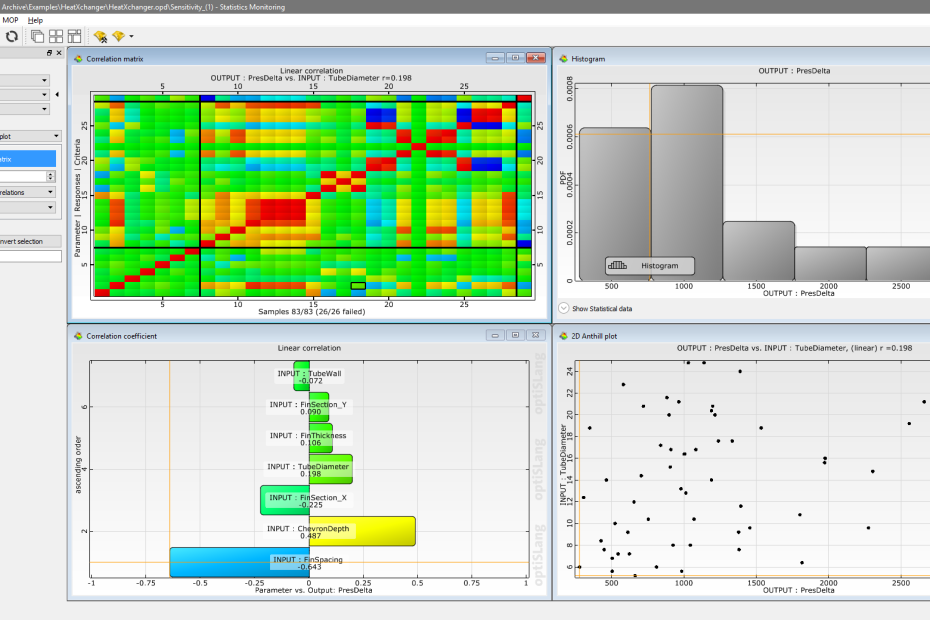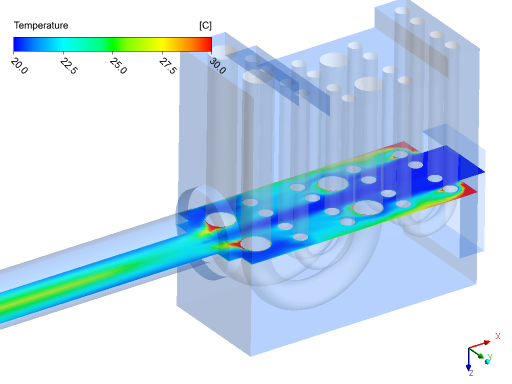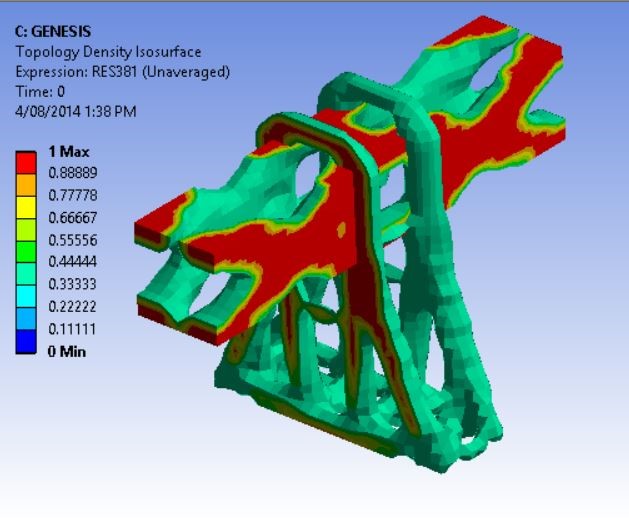Engineers need an integrated Simulation toolset to develop and optimise safe autonomous systems
Learn how ANSYS’ integrated toolset can overcome the complex technical challenges in the development of fully autonomous systems: helping to deliver safe and reliable systems that operate efficiently in complex, changing environments. As engineers, we intuitively understand that comprehensive simulation is the only way to thoroughly consider all real-world scenarios for these systems in a fast and cost-effective way.










